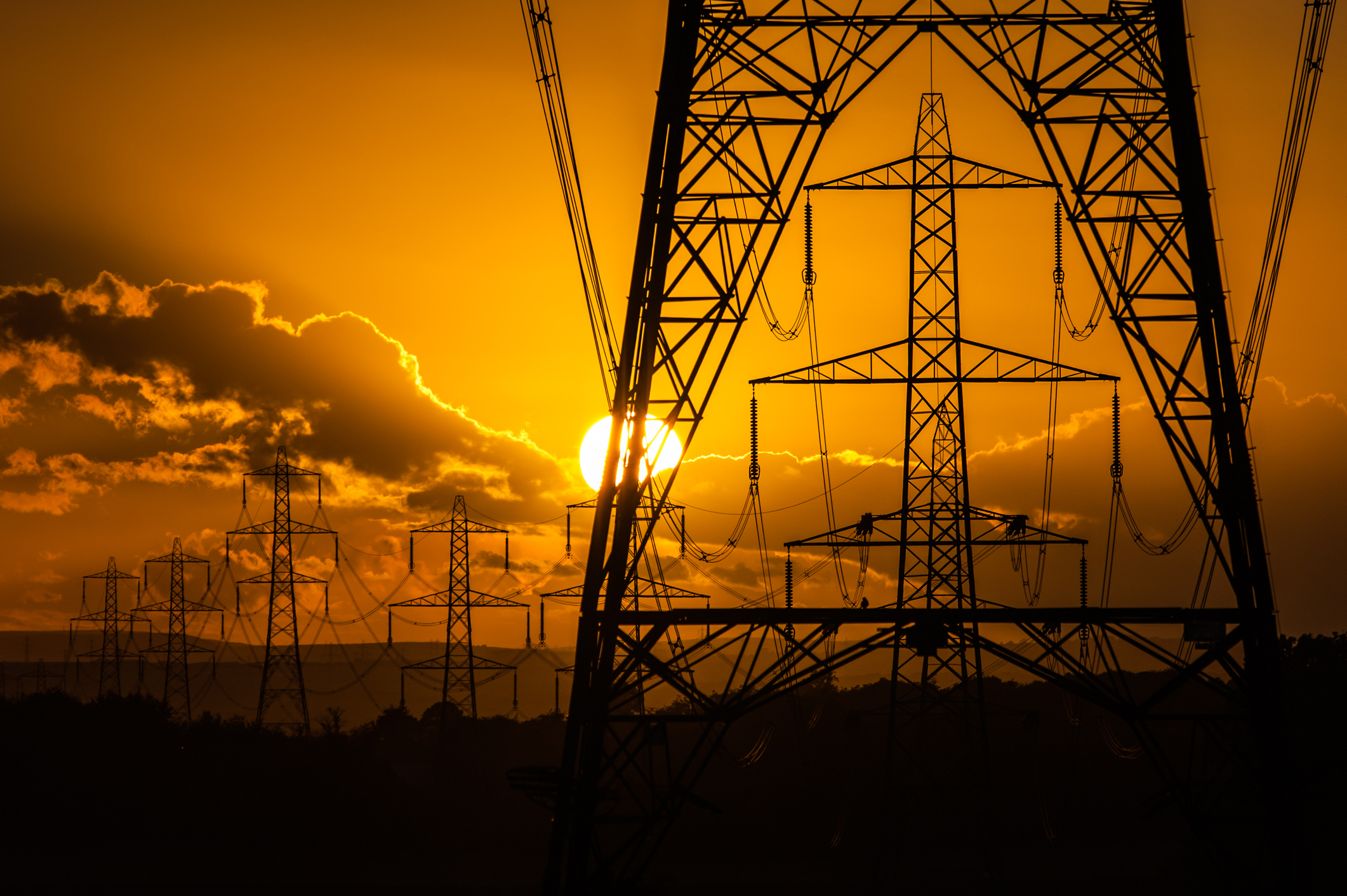
What is the state of Ireland’s water quality?
The ‘Green Scene’ Series on Newstalk is a weekly update on energy and environmental matters with Pat Kenny and MaREI Director Brian Ó Gallachóir.
On December 16, 2020 Prof Ó Gallachóir looked at what is the state of Ireland’s water quality?

What is the state of Ireland’s water quality?
- EPA published a report on water quality yesterday.
- Of most concern is that nitrate concentrations are now increasingin nearly half of our river and groundwater sites.
- Concentrations of nitrate are highest in the south and south east of the country where the main source is agriculture.
- Nutrient concentrations in waters are too highand the trends are going in the wrong direction.
- Phosphate levels are increasing in a quarterof river sites.
- The main threat to water quality is the presence of too much nutrients, such as phosphorus and nitrogen, which come primarily from agriculture and waste water.
- These nutrients, if too abundant, can lead to the over-growth of certain plants and algae
- This over-growth can also cause oxygen depletion and damage the ecology of our water bodies.
- This is contributing to pollution in our freshwaters and estuaries and causing difficulties with drinking water standardsin some areas
- There is a lot of good work happening at a local level to improve water quality and this needs to be scaled up to deliver the improvements needed.
- Just over half of Irish surface waters are in a satisfactory condition.
- Delivering on the key objectives of Ireland’s River Basin Management Plan and targeted action at local water catchment level is key to improving water quality.

What will our electricity system look like in 2030?
- The Electricity Association of Ireland and MaREI recently published a report called ‘Our zero emission future’.
- The study takes a closer look at the future All-Island power system through the lens of decarbonisation by focusing on the year 2030.
- The Government targets are to achieve 70% of the annual electricity on the system from renewable energy, with significant numbers of electric vehicles and heat pumps.
- This demands a resilient power system capable of absorbing and storing fluctuations in weather driven generation and at the same time meeting the demand of new electricity loads from electric cars, residential heating and data centres
- The analysis examines over 250,000 hours of weather data cross the island of Ireland and highlights how remarkably flexible the future All-Island power system will have to be to deal with a wide and diverse variation in weather events
- The results highlight the need for innovation– the system needs to be able to absorb at least 85% variable renewables instantaneously and continued investment in flexibility and grid infrastructure
- A slower than planned uptake on technologies such as heat pumps and electric vehicles has a net increase on wider energy system emissions.
- The required gas fired capacity in 2030 is similar to today, but gas fired generation will operate less
- All-Island power system emissions should not be greater than 6.2 million tonnes in 2030 (RoI alone is about 9 million tonnes currently)
The REthink Energy series featuring Green Scene is supported by ESB and The Institute of International and European Affairs

THE 'GREEN SCENE' SERIES ON THE PAT KENNY SHOW
Catch up with the Green Scene podcasts on current energy and environmental matters
Listen Here

